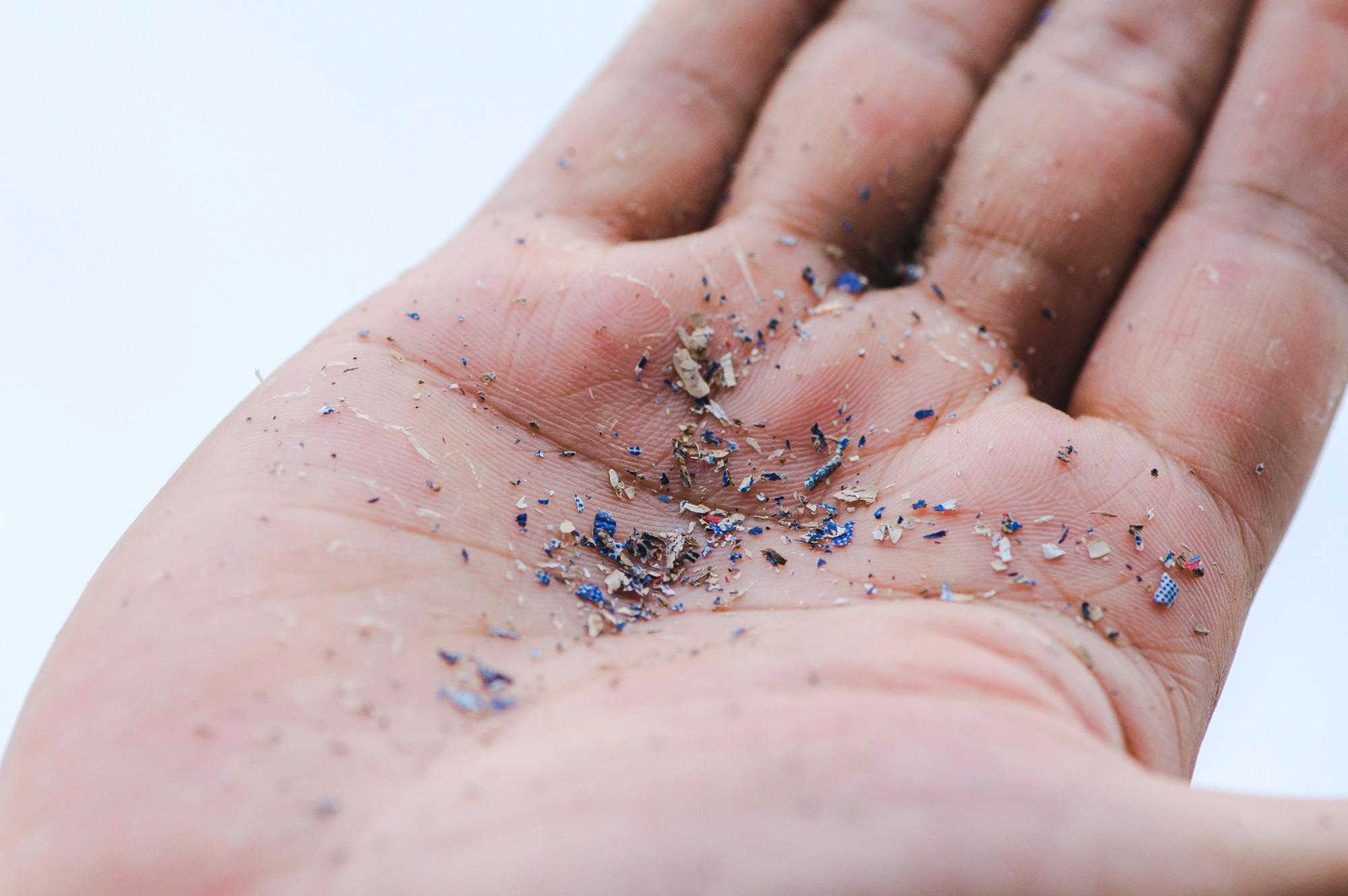Microplastics tend to accumulate in the Rhine meadows at Langel-Merkenich. Topography and flooding help to identify local concentrations of particles present in the soil.

Image Credit: Shutterstock.com/ Deemerwha studio
Microplastics can be deposited in river floodplains and further transported to deeper soil horizons. Flood frequency, local topography, and soil characteristics are accountable for the number of plastic particles that are deposited and their feasible transport into deeper soil.
That is the primary finding of a study performed by scientists at the Universities of Cologne and Bayreuth. This has been headed by Professor Dr. Christina Bogner at the University of Cologne’s Institute of Geography and Dr. Martin Löder at the University of Bayreuth.
The research group analyzed the Rhine floodplain Langel-Merkenich north of Cologne for microplastic contamination and then sampled soil in three transects at growing distances from the river, each in two soil depths.
The research group is a part of the German Research Foundation’s Collaborative Research Center 1357 Microplastics. This was published in the journal Science of the Total Environment.
It is known that microplastics have been transported to the oceans through rivers. But it is still not evident if all particles eventually stop there. On their way to the sea, microplastics tend to communicate with river sediments, and can also be deposited in the shore regions.
The research team analyzed if few microplastics stay in the floodplain of the Rhine following major floods. The scientists showed interest in how the microplastics have distributed in the flooded soils and if they achieve deeper soil horizons.
Soil samples in two various depths (0–5 cm and 5–20 cm) were collected by the scientists together with three sampling transects at increasing distances from the river and identified the abundance of microplastics with the help of micro-Fourier transform infrared spectroscopy (micro FTIR spectroscopy).
This technique enables the scientists to explicitly find out the type of plastic of every examined particle down to the least particle size of 10 µm by quantifying its chemical fingerprint. The number of microplastics per kilogram of dry soil altered between 25,502 and 51,119 particles in the top 5 cm and between 25,616 and 84,824 particles in the deeper soil (5 to 20 cm). Around 75% of the particles were smaller compared to 150 µm.
The scientists discovered that the distribution of microplastics relied on two primary factors — the topography and vegetation of the soil surface, and how frequently the site under investigation has been flooded.
Hence, at the time of flooding, microplastics have the ability to house in the floodplains of the Rhine, particularly in the depressions, and are also transported into deeper layers at sites. These are safeguarded from erosion caused by grass and where earthworm activity has been detected.
The smaller the microplastics, the more likely they are taken up by soil organisms, and can potentially harm them. In our Collaborative Research Center, we are looking into issues of formation and transport behavior of microplastics in the environment. Additionally, we are analyzing how precisely and in what quantities microplastics could be harmful to soil organisms.
Markus Rolf, Doctoral Researcher, University of Cologne
Professor Bogner added, “Our interdisciplinary approach can also be applied to other floodplains to elucidate similar processes. This kind of information is crucial both for locating potential microplastics sinks for sampling protocols and for identifying areas of increased bioavailability of microplastics for ecological risk assessment.”
Journal Reference:
Rolf, M., et al. (2022) Flooding frequency and floodplain topography determine abundance of microplastics in an alluvial Rhine soil. Science of The Total Environment. doi.org/10.1016/j.scitotenv.2022.155141.